According to RIA news agency, Moscow has officially deployed their new generation main battle tanks to the Ukrainian battlefield, performing fire support missions from short distances behind the front line.
Mobile technology “fortress”
The T-14's biggest improvements are related to defense and survivability, with an emphasis on an unmanned turret. This allows for maximum dynamic armor protection for the crew.
Although the T-14 stores ammunition in a conveyor-belt autoloader in the turret like previous Russian tanks, the separate hull compartment reduces the risk to the crew in the event of a turret penetration.
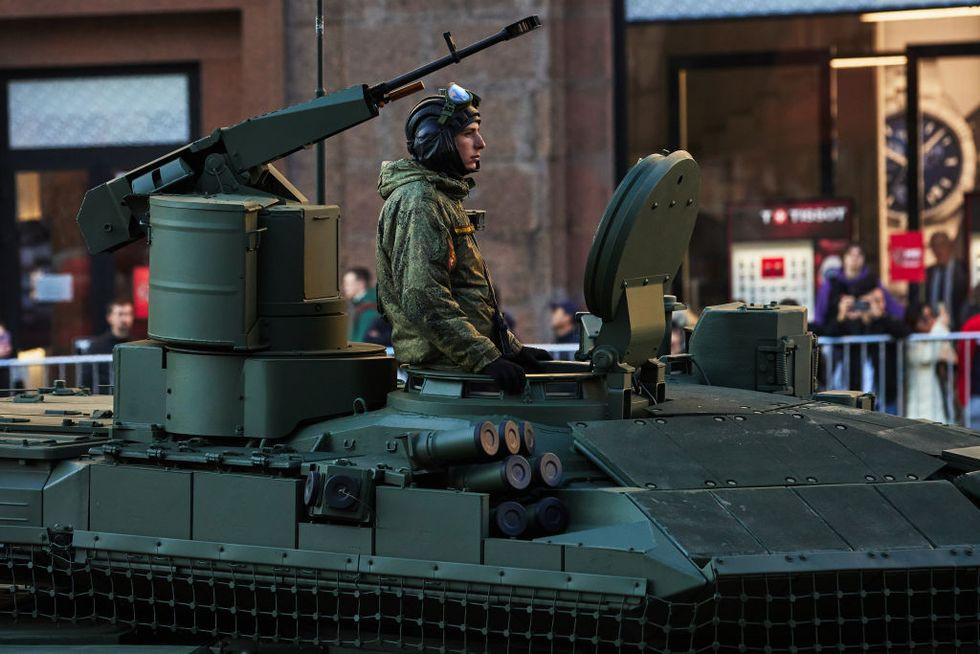
Another major defensive upgrade on the T-14 is the Afghanit active protection system, which includes a radar that detects incoming projectiles and an automatic discharge dispenser that neutralizes or at least degrades the incoming projectile. Experts say the Armata is capable of significantly reducing the effectiveness of long-range anti-tank guided missiles.
Additionally, sandwiched between the Afghanit and the steel-ceramic composite armor is a next-generation explosive reactive armor called Malachite. Other defensive technologies include infrared signature reduction, increased mine resistance, and laser warning receivers.
More important is the sighting and fire control system, including independent gunner and commander sights with 4x and 12x magnifications, specifications that can detect enemy tanks at 4.6 miles (7.4 km) during the day, or 2.2 miles (3.5 km) at night.
On the offensive side, the T-14 is armed with a new 2A82 125mm gun with a higher muzzle velocity than the 2A46 on most current Russian tanks. Moscow's main battle tank can fire Telnik air-burst fragmentation rounds (anti-personnel) and high-yield tungsten or depleted uranium vacuum anti-tank rounds. The 3UBK21 Sprinter anti-tank missile system can also be used against distant targets or helicopters from a distance of up to 5 miles (8 km).
Iconic
Although in principle, the T-14 promises to upgrade Russia's combat capabilities, the fact that the project has been delayed for so long without entering large-scale production suggests that there may have been problems related to Moscow being surrounded by embargoes, leading to the cost of each tank being pushed up too high.
One theory is that Russia is hoping that the T-14's combat testing can provide insight into the tank's strengths and weaknesses before mass production begins.
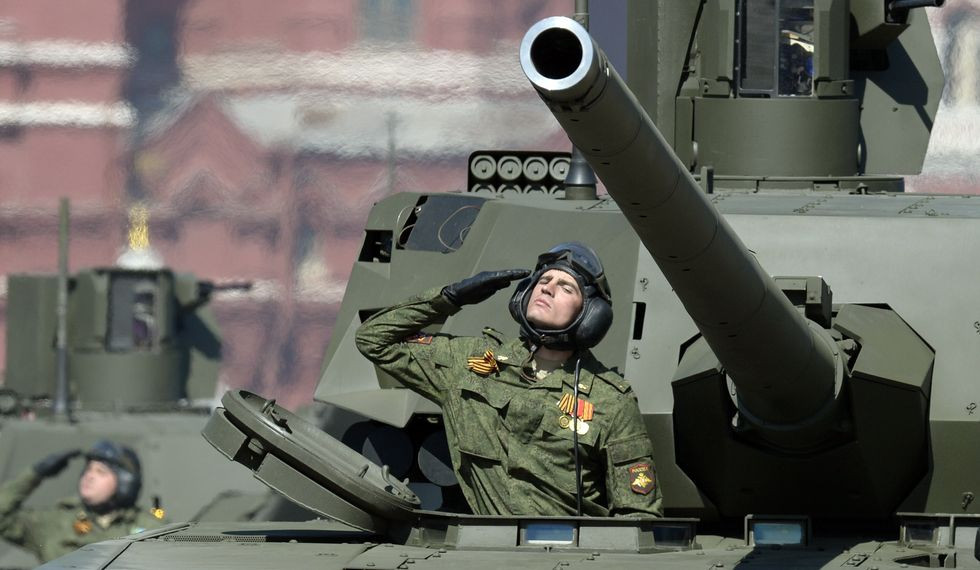
But such a move is also risky, as the T-14 is a relatively new design and has not been used regularly. This could create a logistical burden in the field due to maintenance requirements, specialized training, and the risk of frequent breakdowns.
Therefore, with the small number of T-14s produced, Western military experts believe that the appearance of Russia's "super beast" in Ukraine will not change the overall course of the war.
The same is true for the appearance of the M1 Abrams here, as the version Washington sent to Kiev was the M1A2 SEP, similar to the one exported to the Iraqi army, which lacked depleted uranium armor and modern battlefield information systems.
(According to PopMech, WashingtonPost)
Source


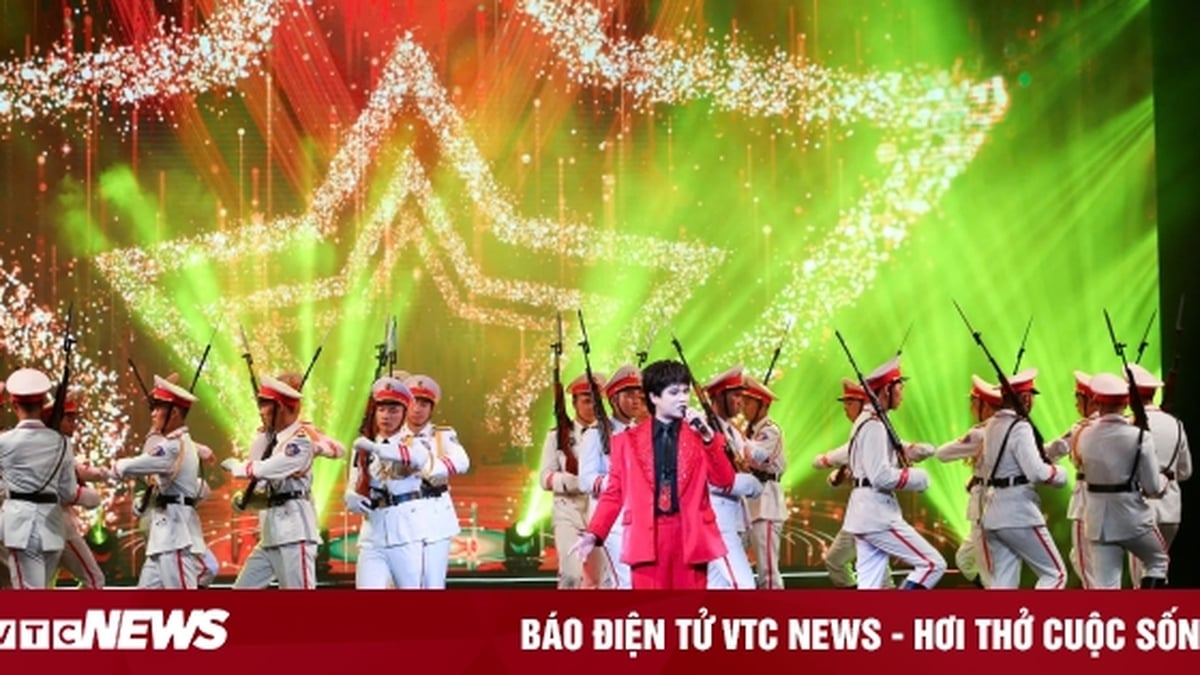
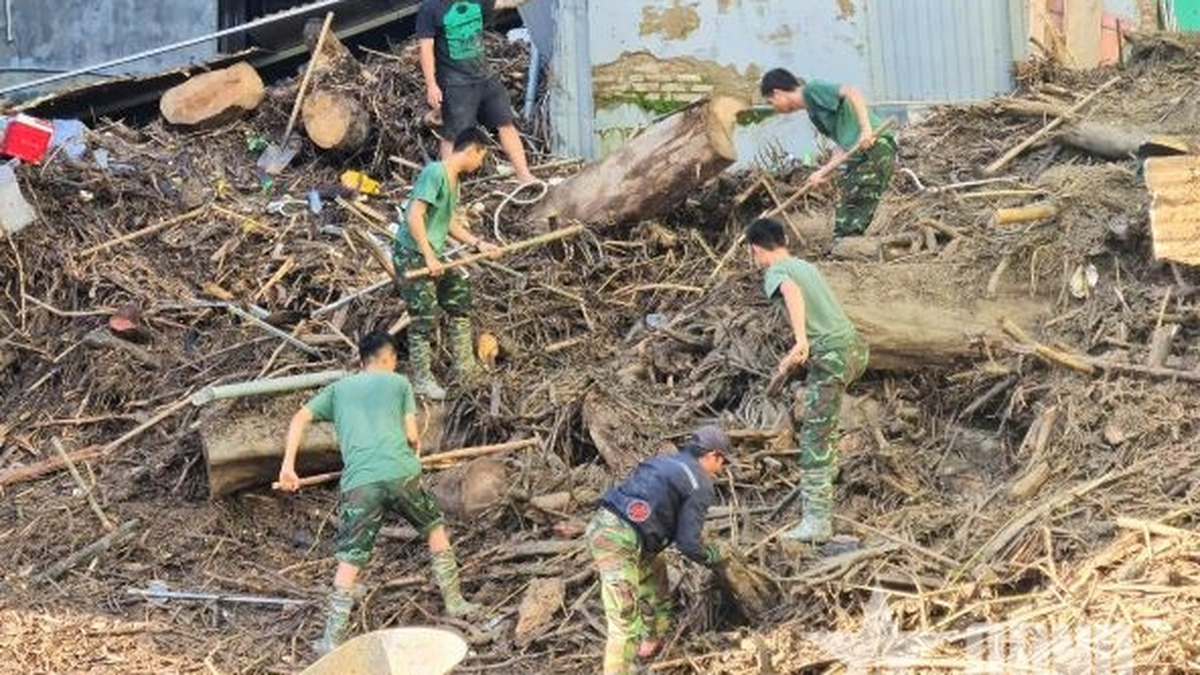

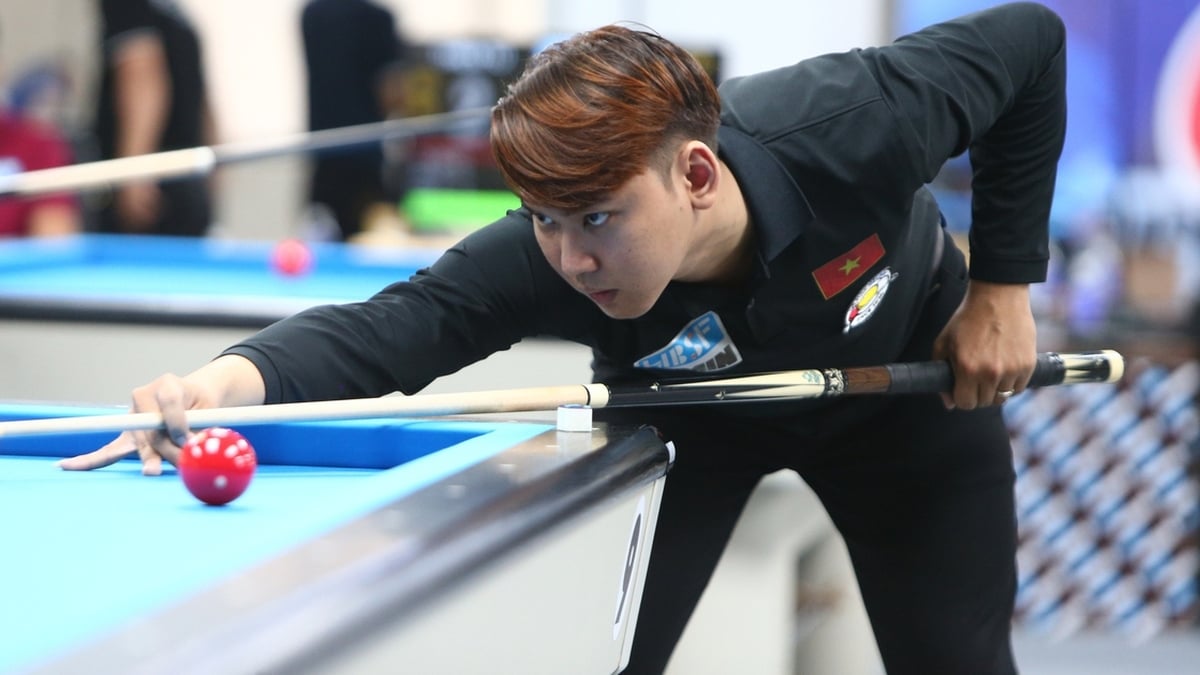




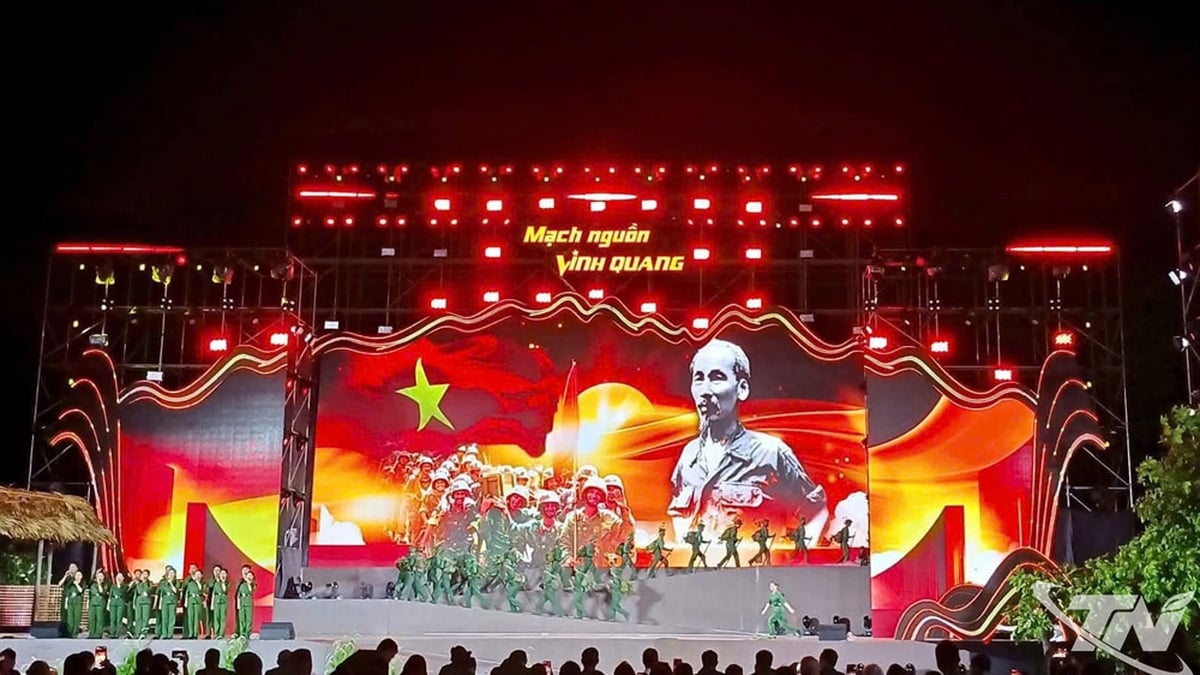





















































































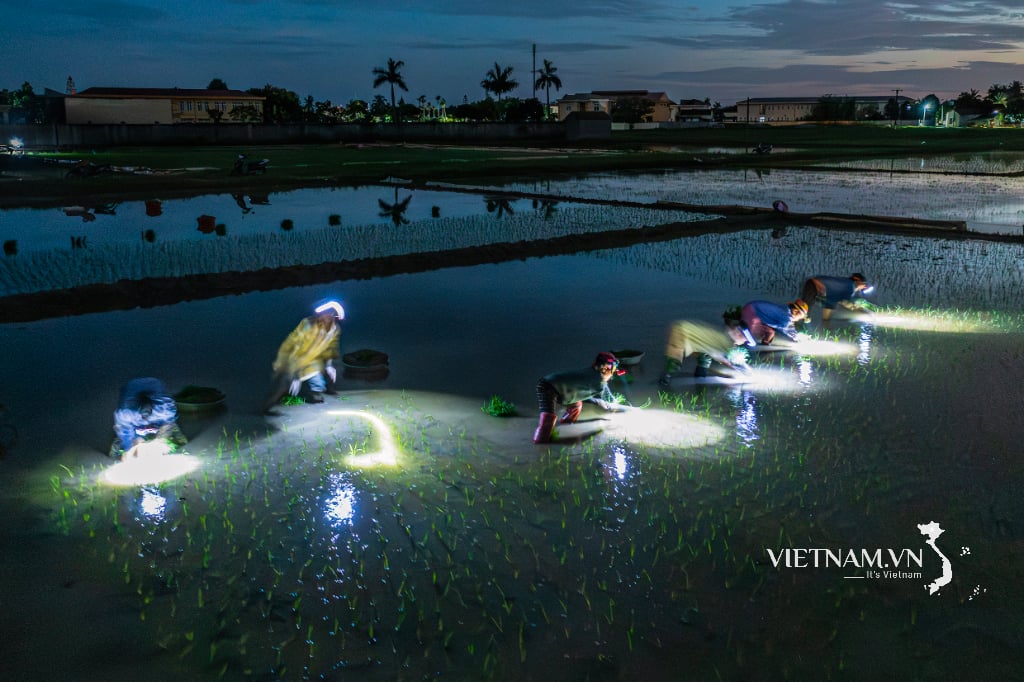

Comment (0)